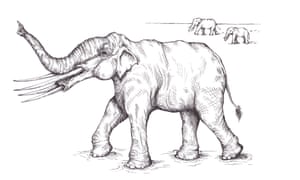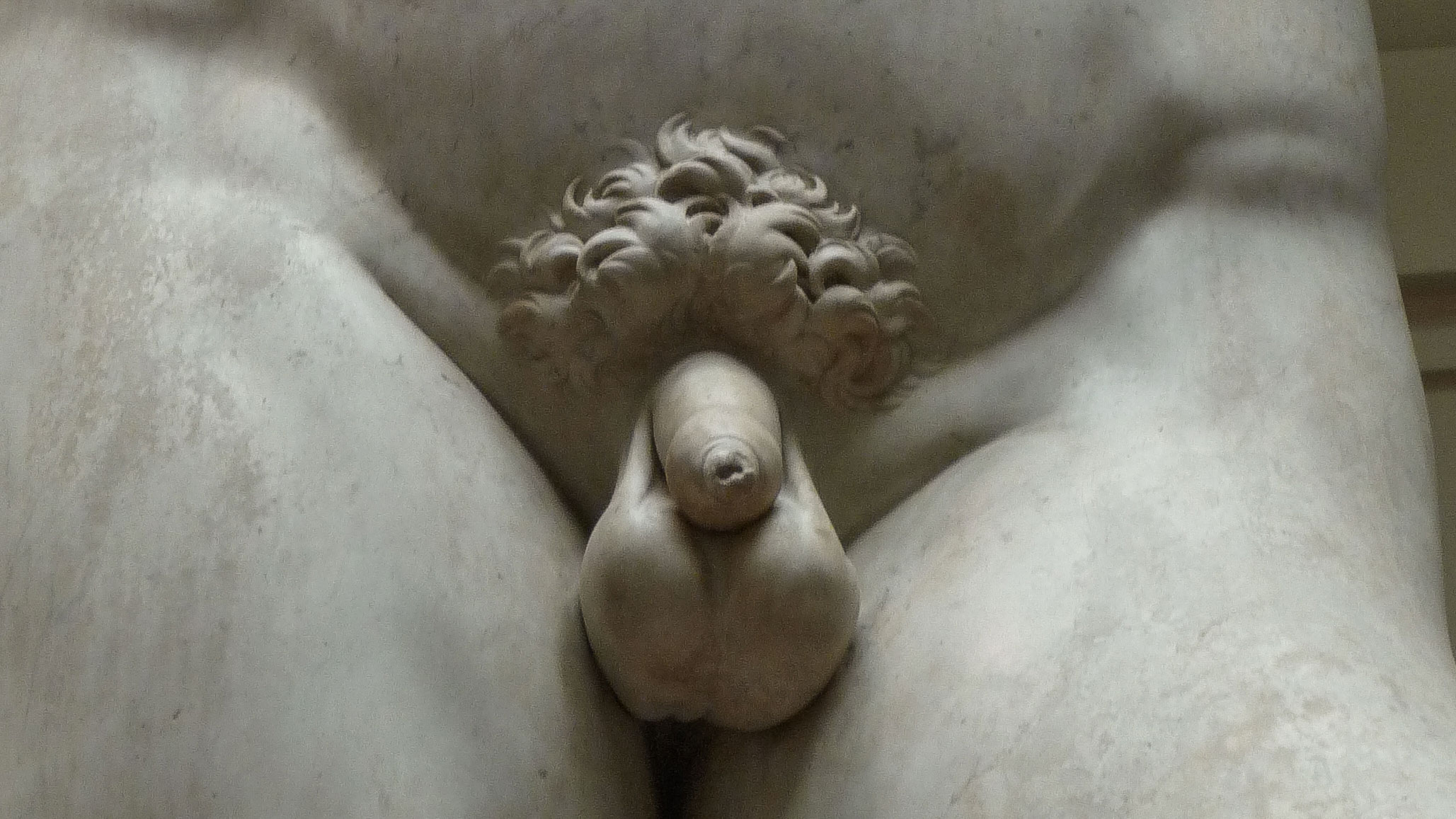Four-tuskers, hoe-tuskers, shovel-tuskers are all wiped out – now only a fragment of this keystone species remains
via The Guardian by Patrick Barkham

Stegotetrabelodon syrticus wandered the Arabian peninsula 7 million years ago.
Illustration: Jennie Webber
If, just 800 generations ago, we took a summer holiday to Crete, Cyprus or Malta, we would have found familiar-looking islands, filled with the flowers and birds we can enjoy today. But bursting through the scrub would’ve been one surprise: a pygmy elephant, one metre high, one of many different elephant species that once roamed every continent apart from Australia and Antarctica.
Continue reading and allow yourself time, this is not a two-minute read.
=============================
12 little-known facts about cats
via OUP Blog by Lauri Lu
Cats are among some of the most popular pets in the world, and they’ve been so for thousands of years. While some superstitious people may consider them to be bad luck due to their ancient association with witchcraft and magic, others simply cannot get enough, going so far as to be dubbed a ‘cat lady.’ In fact, there are more than two million cat videos on YouTube – way more than any other nonhuman animal – and watching cat videos has been said to be an extremely calming exercise. Who knows, maybe they do have powers we don’t know about.
Continue reading
=============================
Barry Lyndon: why it’s time to reassess Kubrick’s ‘coffee-table’ movie
via The Guardian by John Patterson

Barry Lyndon is 41 years old and its sparkling new digital facelift gives us the chance to reassess Stanley Kubrick’s lone flop and, to my mind, greatest masterpiece. “Glacial” they called it in 1975; “a coffee-table movie” (Pauline Kael), with a terrible bit of casting at its heart, and a misanthropist at the helm. Wrong, wrong, wrong.
Continue reading
=============================
via Big Think by Paul Ratner

Scientists may have identified the ancestor that started all life and where it lived. We are talking about LUCA, the Last Universal Common Ancestor, also known as the “microbial Eve”.
This is the organism from which all modern cells descended which likely lived underwater in hydrothermal vents, an area where seawater and magma come together on the ocean floor.
Continue reading
=============================
via OUP Blog by Daniel Friedmann
Is Judaism a religion and a culture or is it also a nationality? To this question the Zionist movement, which led to the establishment of the State of Israel, gave a clear positive answer. This approach has been adopted by Israel.
Continue reading
=============================
via RBFirehose
Now available on Google Street View: Westminster Abbey. “Starting at the front doors you can walk the length of the Abbey’s vast nave while visiting sights like the Coronation Chair, the High Altar and the Grave of the Unknown Warrior.”
Check it out here
============================
via 3 Quarks Daily: Ed Yong in The Atlantic

In 1250, the prior of a Cistercian Abbey reputedly tied a note to a leg of a barn swallow, which read: “Oh swallow, where do you live in winter?” The next spring, he got a response: “In Asia, in the home of Petrus.”
This perhaps apocryphal story marks one of the first known instances of someone tagging an animal to track its movements. Thanks to many such endeavors, we now know that every year, barn swallows migrate between their breeding grounds in the northern hemisphere to wintering grounds throughout the tropics and the south. In 1912, one intrepid individual that was ringed in England turned up 7,500 miles away in South Africa.
Continue reading
=============================
via An Awfully Big Blog Adventure by Savita Kalhan

There are so many weird and wonderful libraries across the world! From public libraries to school libraries, and from adult libraries to kid's libraries, there is a huge variety in the way that books are delivered. There are also many beautiful libraries, but this blog isn't about breath-taking libraries like Trinity College Library or the Library of El Escorial in Spain, and so many others. It's about the weird and the wonderful, and the extraordinary lengths some people go to in order to get books into the hands of readers.
Continue reading
=============================
via OUP Blog by Louise Gallagher
The simple design and intuitive process of the maracas have made it a familiar favorite around the world, but may often lead to an underestimation of its value in creating variety of rhythmic expression. Yet this rattle-like instrument has a long history of engaging audiences of all ages and backgrounds.
Continue reading
=============================
via Boing Boing by Rob Beschizza

There’s an obvious answer to the smallness of statues’ penises: the manners and religious prudishness of classical elites. But the issue is more about differing standards of beauty and modern men’s penis anxiety, writes Ellen Oredsson. Which is to say that smaller penises were once regarded as ideal, and many real penises aren’t any bigger than the ones on the statues.
Continue reading
No comments:
Post a Comment